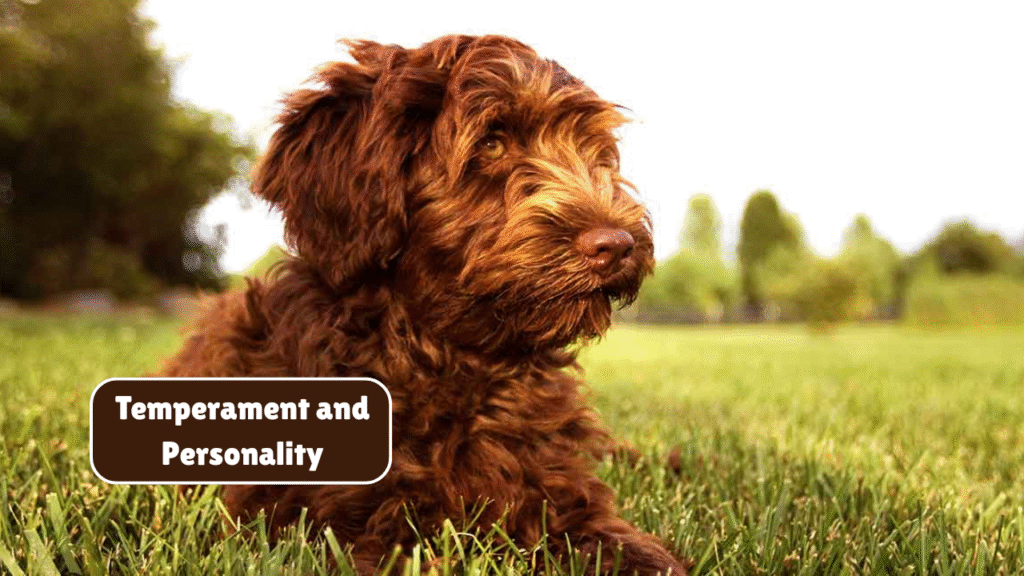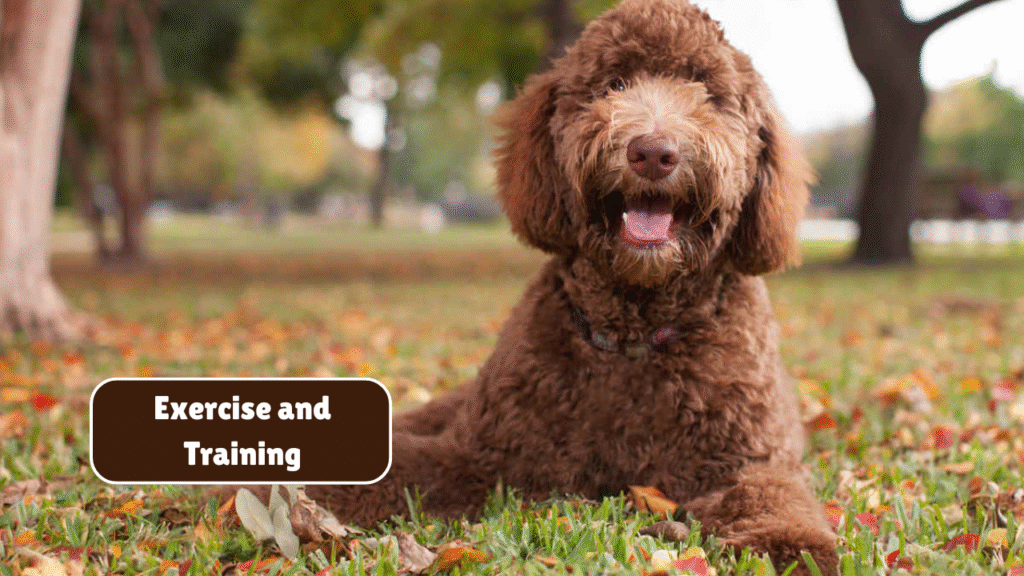Introduction
The Labradoodle, a cross between a Labrador Retriever and a Poodle, has rapidly become one of the most beloved designer dog breeds in the world. Known for its friendly temperament, intelligence, and often hypoallergenic coat, the Labradoodle brings together the best qualities of its parent breeds. Originally bred as a guide dog for the visually impaired, the Labradoodle has evolved into a favorite family companion, therapy dog, and even a service dog. In this comprehensive guide, we explore everything you need to know about Labradoodles—from their history and physical traits to grooming needs and training tips.
History of the Labradoodle
Origins
The Labradoodle was first bred in Australia in the late 1980s by Wally Conron of the Royal Guide Dogs Association. The goal was to create a hypoallergenic guide dog by combining the low-shedding coat of the Poodle with the gentle and trainable nature of the Labrador Retriever.
Evolution
Though initially created for utility, Labradoodles quickly gained popularity among dog lovers for their sociable nature and adorable appearance. Today, Labradoodles are bred in three generations:
- F1 (Labrador x Poodle)
- F1B (Labradoodle x Poodle)
- Multigenerational Labradoodles
Each generation brings variations in coat type, temperament, and allergen friendliness.
Physical Characteristics
Size
Labradoodles come in three sizes, largely determined by the size of the Poodle used in breeding:
- Miniature: 14-16 inches tall, 15-25 lbs
- Medium: 17-20 inches tall, 30-45 lbs
- Standard: 21-24 inches tall, 50-65 lbs
Coat Types
- Wool Coat: Curly, like a Poodle; low-shedding and most hypoallergenic
- Fleece Coat: Wavy and soft; common in multigenerational breeds
- Hair Coat: Straight, like a Labrador; sheds more and is less allergy-friendly
Colors
Labradoodles come in a variety of colors including cream, gold, chocolate, black, apricot, red, and parti-colored (multi-toned).

Temperament and Personality
Friendly and Social
Labradoodles are exceptionally friendly and usually get along well with children, other dogs, and even strangers. Their affectionate demeanor makes them excellent therapy and service dogs.
Intelligent and Trainable
Owing to their Poodle and Labrador lineage, Labradoodles are highly intelligent and quick learners. They respond well to positive reinforcement and thrive on mental stimulation.
Energetic and Playful
This breed is energetic and needs daily exercise to stay happy and healthy. Playtime, walks, and games like fetch are essential.
Sensitive and Affectionate
Labradoodles often form strong bonds with their families and may experience separation anxiety if left alone for long periods.
Health and Lifespan
Common Health Issues
While generally healthy, Labradoodles can be prone to certain inherited conditions:
- Hip and elbow dysplasia
- Progressive retinal atrophy (PRA)
- Allergies and skin conditions
- Ear infections (due to floppy ears and hair growth in ear canals)
Lifespan
The average lifespan of a Labradoodle is 12-14 years, with proper care and regular vet checkups.
Grooming Needs
Coat Maintenance
Depending on the coat type, grooming needs can vary:
- Curly coats require brushing 2-3 times a week to prevent matting
- Regular trims every 6-8 weeks
- Occasional baths with a gentle dog shampoo
Ear and Eye Care
- Clean ears weekly to prevent infection
- Wipe around the eyes daily to avoid tear stains
Nail Trimming and Dental Care
- Trim nails every 3-4 weeks
- Brush teeth several times a week

Exercise and Training
Daily Activity
Labradoodles need at least 30-60 minutes of exercise daily, including:
- Walks
- Dog park visits
- Interactive toys and games
- Agility training
Socialization
Early and consistent socialization helps Labradoodles become well-rounded, confident dogs.
Training Tips
- Use reward-based methods
- Keep training sessions short and fun
- Crate training can be effective for housebreaking
Diet and Nutrition
Balanced Diet
Feed high-quality dog food appropriate for the dog’s age, size, and activity level. Labradoodles tend to have good appetites and may overeat if not monitored.
Treats and Supplements
- Use treats moderately for training
- Omega-3 supplements can help maintain coat health
Feeding Schedule
- Puppies: 3-4 small meals daily
- Adults: 2 meals daily
Ideal Living Conditions
Best Homes
- Families with children
- Active singles and couples
- Households with a yard
Not Ideal For
- Sedentary households
- Owners who are frequently away
Labradoodles thrive in environments where they receive attention, mental stimulation, and physical activity.
Labradoodles as Therapy and Service Dogs
Thanks to their intelligence, calm demeanor, and social nature, Labradoodles are often trained as:
- Guide dogs for the blind
- Therapy dogs in hospitals and nursing homes
- Emotional support animals (ESAs)
Adoption and Breeder Tips
Choosing a Responsible Breeder
- Health screening for parents
- Transparency about lineage and vaccinations
- Clean, humane breeding environment
Adoption Options
- Labradoodle-specific rescues
- General dog shelters and humane societies
Conclusion
The Labradoodle is more than just a designer breed—it’s a well-rounded, intelligent, and loving companion suitable for many types of families. Whether you’re seeking a loyal pet, a playful friend, or a dependable service dog, the Labradoodle offers a blend of traits that are hard to match. With proper care, training, and love, a Labradoodle will bring joy to your home for many years.
FAQs
1. Are Labradoodles hypoallergenic?
While no dog is completely hypoallergenic, Labradoodles with curly or fleece coats tend to shed less and produce fewer allergens.
2. How often should I groom my Labradoodle?
Brush 2-3 times a week, with professional grooming every 6-8 weeks, depending on coat type.
3. Do Labradoodles get along with other pets?
Yes, they are generally friendly and social with both dogs and cats when properly introduced.
4. Are Labradoodles good for first-time dog owners?
Yes, their trainability and affectionate nature make them great for novice owners who are prepared to meet their exercise and grooming needs.
5. How much exercise does a Labradoodle need?
At least 30-60 minutes of exercise per day, including walks, play, and mental stimulation.



